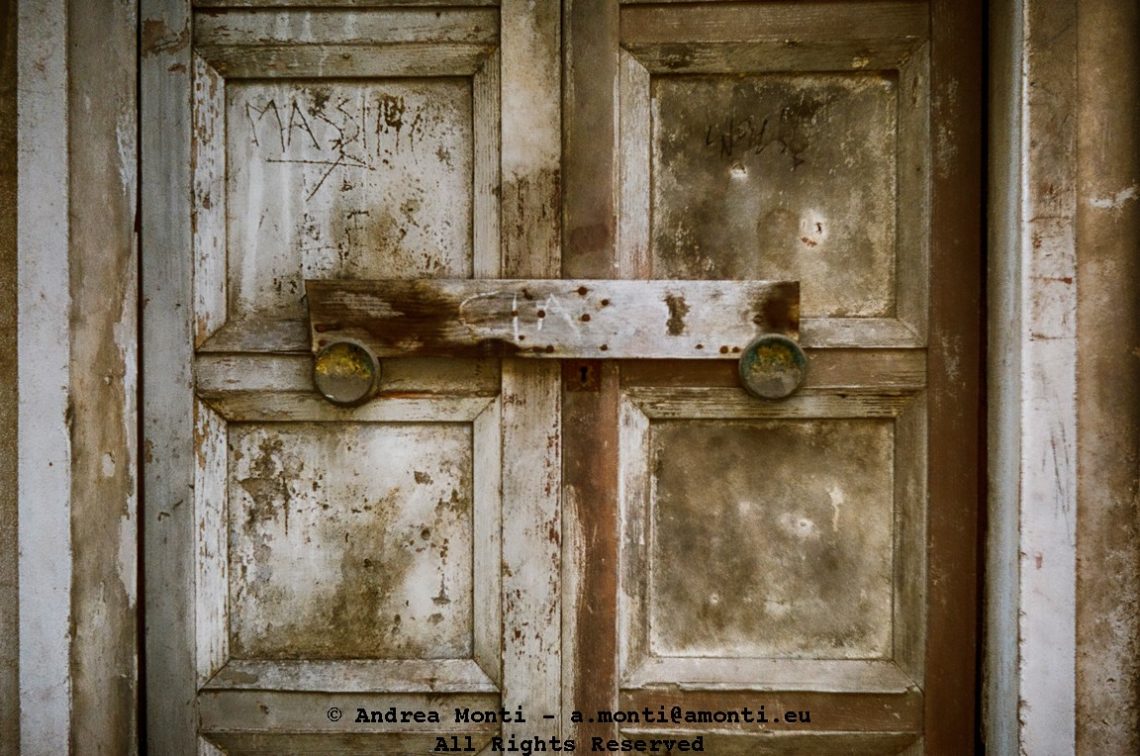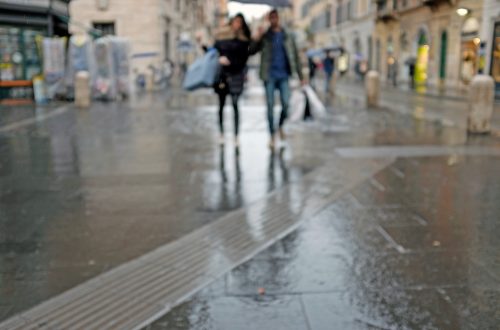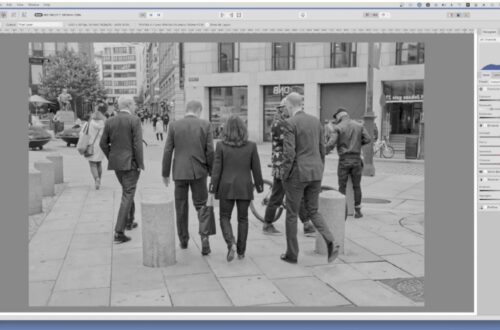
Longtime Abandoned
Some photographs speak in whispers, and this image of a weathered wooden door is one of them. Its panels are mottled with time—stains, scratches, and the slow creep of age have worked their way into every fibre. A crude plank, bolted across two round metal handles, serves as a lock, its blunt practicality making any notion of elegance irrelevant. This is not a door meant to welcome; it is a barrier meant to last.
The surface reads like a palimpsest. Graffiti, faint and uneven, is etched into the upper left panel—“MAS” followed by lines and symbols that could be initials, a date, or nothing at all. The ambiguity is part of the draw: we are left to imagine the hand that scratched it in and the reasons why.
The photograph’s composition is stark and frontal, denying us any distraction from the symmetrical geometry of the panels. There is no visible context—no street, no frame of the surrounding wall—just the door, confronting the viewer head-on. This isolation turns the door into an object of contemplation rather than an architectural detail.
Light falls evenly across the surface, soft enough to preserve texture without washing it out. The muted browns and greys of the wood contrast subtly with the cooler metal of the handles, suggesting years of use before the final closure. The absence of shadow or dramatic contrast reinforces the stillness: nothing moves here, and nothing will until the barrier is deliberately removed.
In essence, the photograph is about time—how it marks, protects, and eventually seals away what lies behind. The door becomes both subject and metaphor, a reminder that some histories remain locked, their stories intact but inaccessible. We can only stand before them, reading the clues left on the surface, imagining the life that once passed through.




